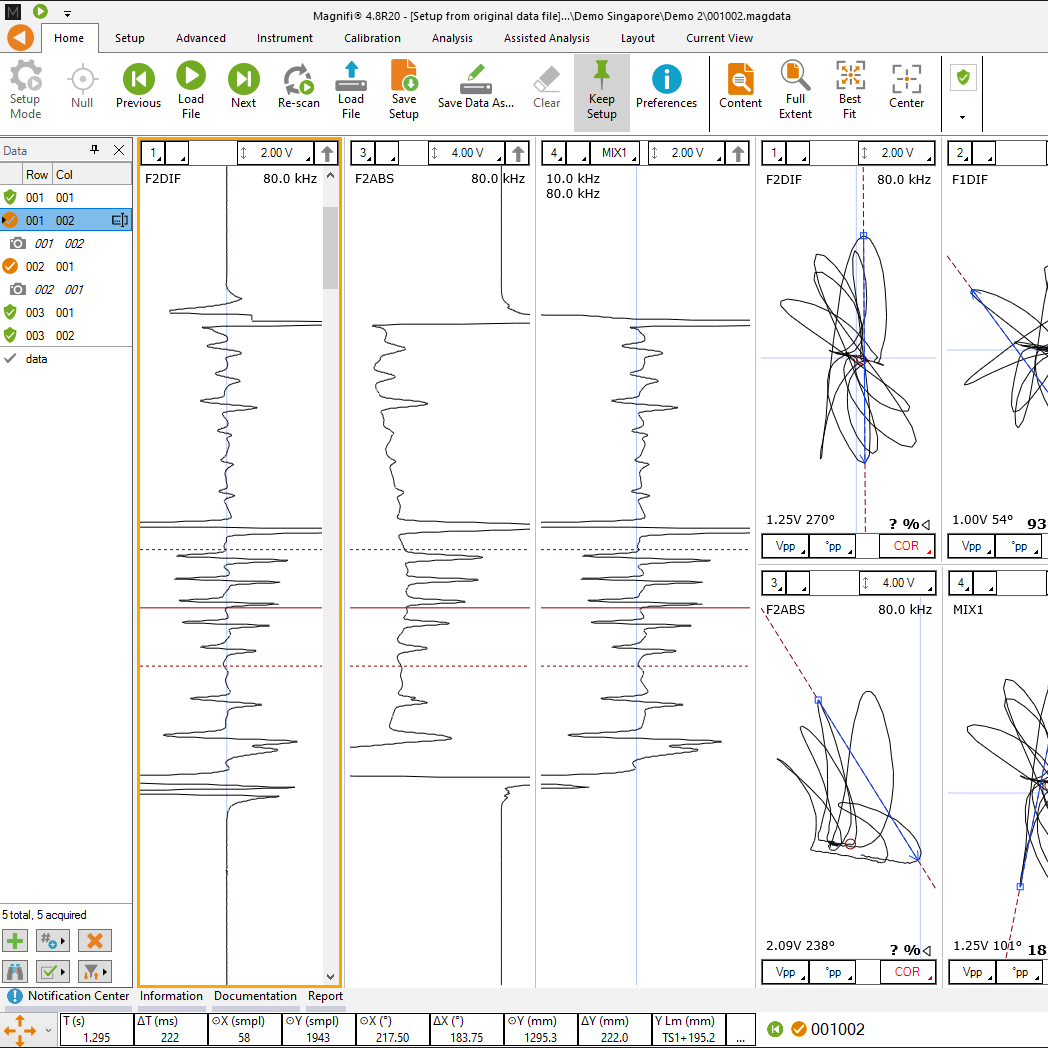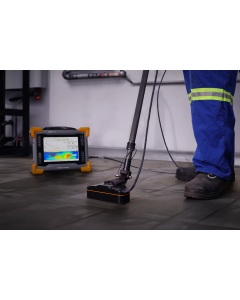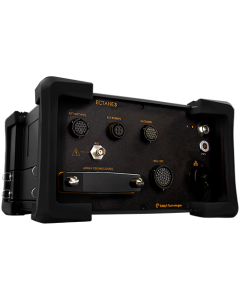-
 Tube Testing Technologies
Tube Testing Technologies -
 Surface Eddy Current Array
Surface Eddy Current Array -
 Magnetic Flux Leakage
Magnetic Flux Leakage -
 Pulsed Eddy Current
Pulsed Eddy Current -
 Remote Visual Inspection
Remote Visual Inspection -
 Phased Array, TFM and Conventional UT
Phased Array, TFM and Conventional UT -
 Guided Wave Testing
Guided Wave Testing -
 Alternating Current Field Measurement
Alternating Current Field Measurement -
 View All
View All
- Panther™ 2 256:256, PAUT UT TOFD TFM256. x2 128-units
SKU# PANTHER2-256:256PR-TFM
Price:USD 224,730.00 - 6-24" Piezo-collars - includes modules and transducers
SKU# PIEZO-GWT-KIT-6TO24
Price:USD 161,805.00 -
-
- EMERALD 64:128PR with PAUT, UT, TOFD, TFM64-HR-D. IPEX
SKU# ZPA-RDT-EMERALD-64/128PR-TFM
Price:USD 139,630.00 -
-
- TOPAZ64 64:128PR with PAUT, UT, TOFD, TFM64-HR-D. ZPAC
SKU# TOPAZ-64:128PR-TFM HR-D
Price:USD 125,655.00 - TOPAZ64 64:128PR with PAUT, UT, TOFD, TFM64-HR. IPEX
SKU# TOPAZ-64:128PR-IPEX-TFM-HR
Price:USD 117,415.00 - TOPAZ64 64:128PR with PAUT, UT, TOFD, TFM64-HR. ZPAC
SKU# TOPAZ-64:128PR-TFM HR
Price:USD 117,415.00












